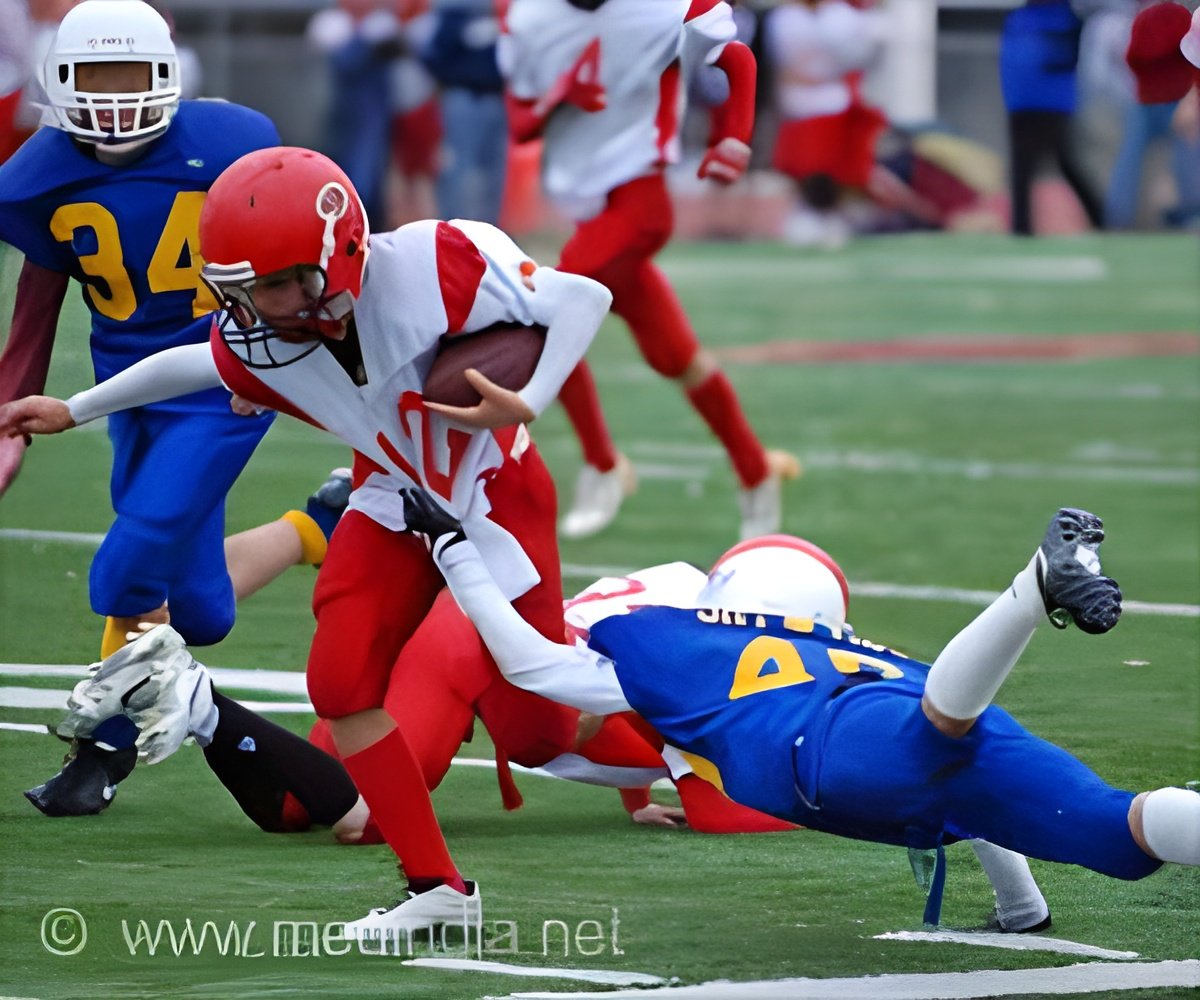
Social discrimination faced by students acts as a barrier to their participation in physical activity and sports. Due to this, youth participation in sports is on the decline.
While participation gaps based on a single identity, like race or gender, are well-researched, very little research has studied adolescents’ multiple, intersecting marginalized social identities.
To overcome this issue and to increase youth participation, the U.S. Department of Health and Human Services’ Healthy People 2030 plan is working to raise youth sports participation from 50% to 63% over the next five years (1✔ ✔Trusted Source
Who Plays and Who Doesn’t? An Intersectional Examination of Disparities in Adolescent Sport and Physical Activity Lesson Participation
Advertisement
Barriers to Sports Participation Among Marginalized Youth
Staying active provides adolescents with important benefits for their physical health and social and academic development. A study published in the Journal of Adolescent Health explored the inequalities found at the intersection of various identities — such as assigned gender identity, sexual orientation, race and ethnicity, economic resources, weight, and mental health — and how these factors influence participation in sports and physical activities.
The study, led by Sarah Kaja, PhD, of the Equitable Sport and Physical Activity Innovations Lab and an assistant professor at the University of Minnesota Medical School, analyzed intersections of seven social identities among specific subgroups of adolescents in grades 9 and 11. The research used 2022 Minnesota Student Survey data — in which over 60,000 students self-reported their social identities as well as team sport and physical activity participation. They found:
- While 50% of the students played sports and 25% participated in physical activity lessons, participation varied substantially at the intersections of social identities. For example, participation rates were as low as 8-17% among groups of students least involved in sports.
- Students with the highest sports participation were predominantly white, heterosexual, and had high access to resources, while participants with the lowest sports participation held multiple marginalized social identities.
- Physical activity lessons had more participation among youth of color and gender and sexual minority youth, but participation was still most often in combination with high access to resources.
- Students in all the lowest sports participation groups held at least one marginalized social identity, and the majority held more.
Advertisement
Improving Sports Opportunities for Underserved Adolescents
The lowest sports participation groups included students with a marginalized sexual identity and at least one other marginalized social identity, such as low access to resources, a transgender or gender-questioning identity, or a higher BMI percentile.
Previous research has shown that context-specific stressors — such as insufficient policies, victimization, and harassment — can limit LGBTQ+ people’s motivation and participation. This new research suggests those stressors may compound further for those with multiple marginalized identities, and that initiatives meant to reach adolescents based on a single identity may fail to reach the adolescents who need the most support to participate.
Advertisement
Enhancing Youth Sports Participation
“By revealing more nuance in young people’s level of engagement in organized sport and activity, our work is an important step to address which students need support to play,” said Dr. Kaja. “With these building blocks, we hope to continue working to reduce health disparities, achieve national public health priorities, and encourage school and community-based organizations to cultivate inclusive environments and layer recruitment, retention, and policy initiatives to support under-involved youths.”
Future research should prioritize adolescents with social identities over-represented in the lowest prevalence sport and physical activity involvement groups to further identify and address specific social and structural barriers to participation.
Dr. Kaja was supported by the National Institutes of Health’s National Center for Advancing Translational Sciences. Other authors were supported by the National Institute on Minority Health and Health Disparities.
Reference:
- Who Plays and Who Doesn’t? An Intersectional Examination of Disparities in Adolescent Sport and Physical Activity Lesson Participation – (https:www.jahonline.org/article/S1054-139X(24)00310-0/fulltext)
Source-Eurekalert



